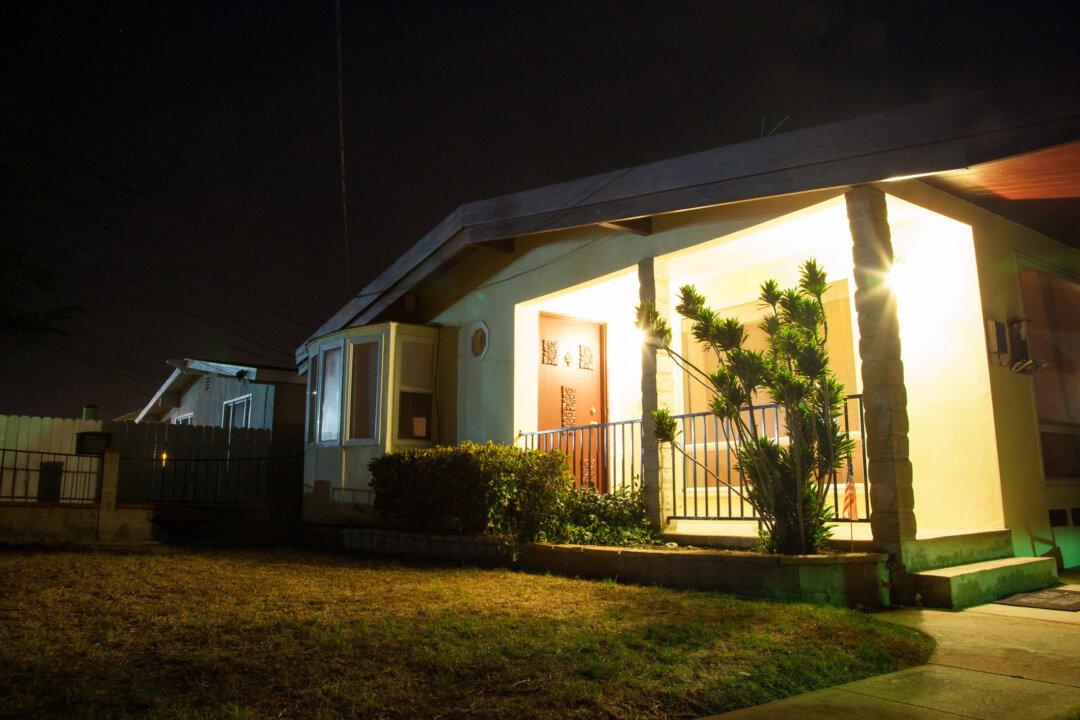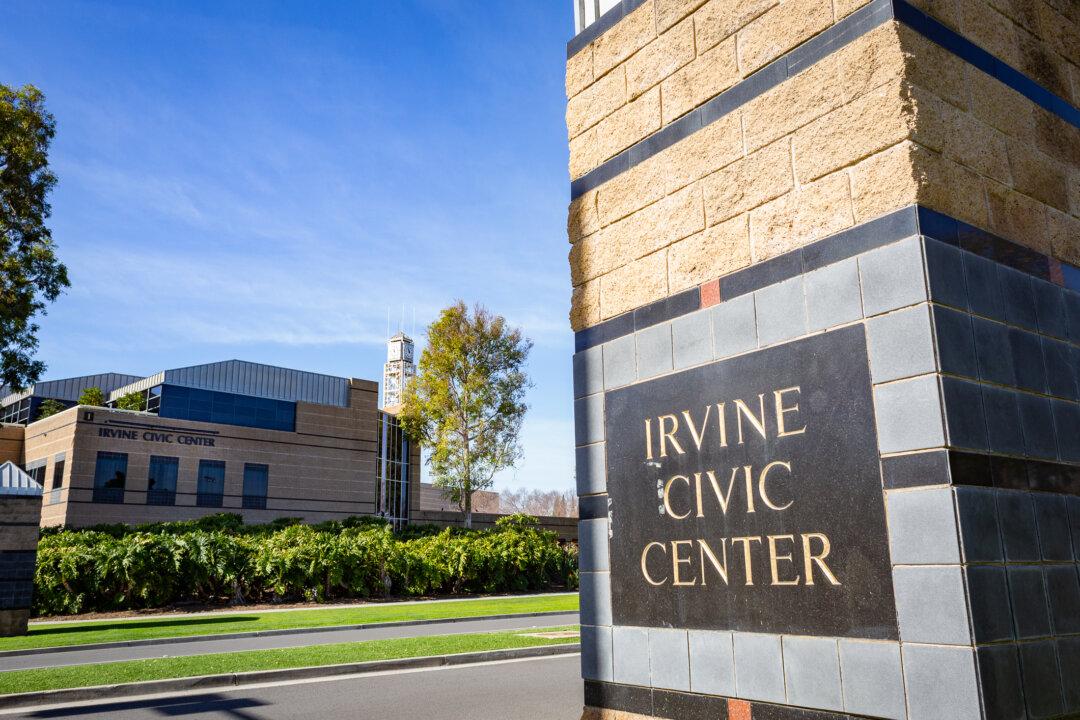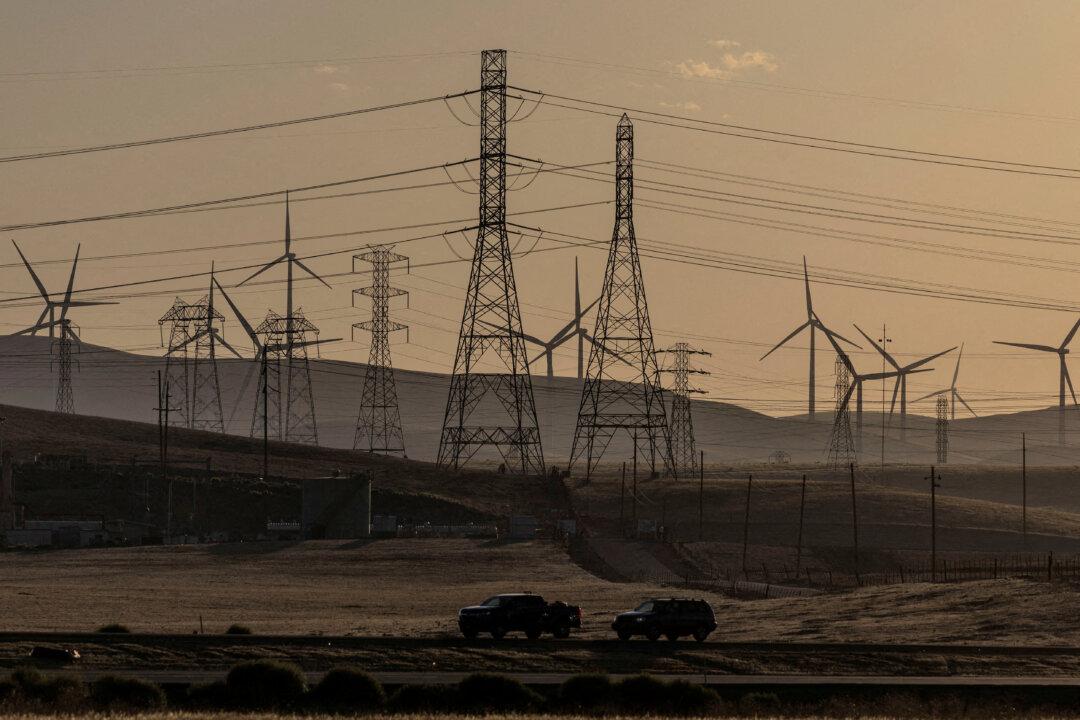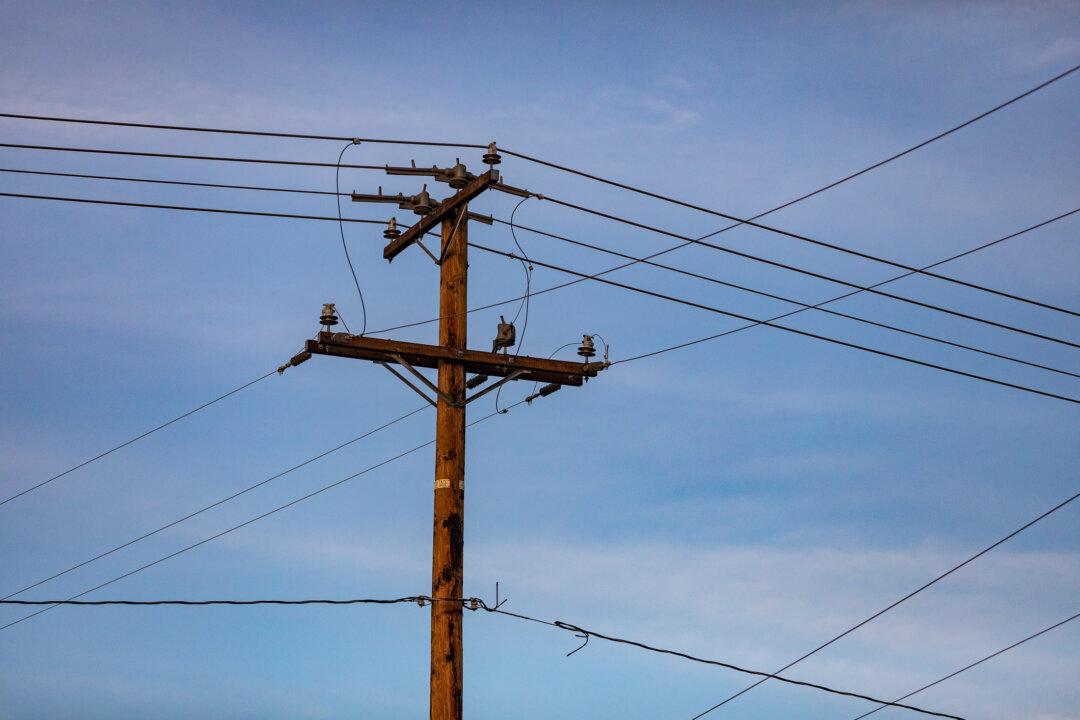Commentary
Communities think that renewable energy providers like Orange County Power Authority (OCPA) are altruistic and all about increasing everyone’s renewable energy use. What is missed is that many of these energy procurement agencies are more about separating you from the green in your wallet than greening the environment.





